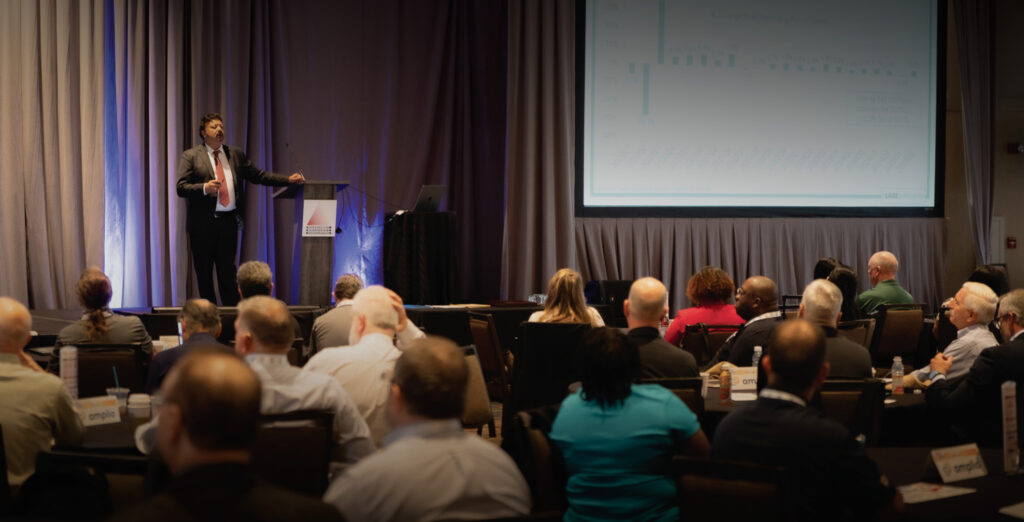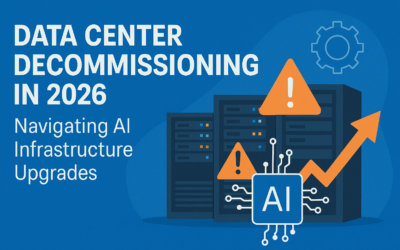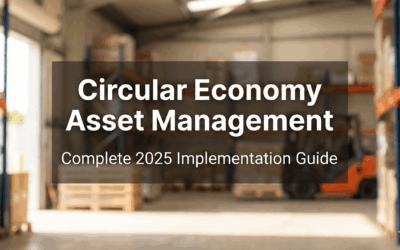
The Economy—
Masala or Malady?
The Economy – Masala or Malady?
Dr. Anirban Basu, one of the top economists, was back by popular demand providing his clear-eyed insight into today’s volatile economy. Although his presentation at the Fall Conference came just days before the Oct.1 government shutdown which could impact the economy’s forecast, Dr. Basu gave a compelling non-recession argument going into our fourth quarter, late-in-the-year status. The good news? Early 2026 looks most promising.
He also targeted what could be in store for the IR industry.
Leading economist Dr. Anirban Basu presented on the state of the economy, “Monetary Masala.” Masala is an Indian word that means a blend of spices to enhance flavor. But when applied to the current and future state of the domestic and global economy – it means a mixture of disparate parts and influences to create a potential, palatable outcome. Malady on the other hand means disorder or disease. So, is the economy a healthy blend…or not. Master ‘chef’ Dr. Basu (back by popular demand) masterfully presented the ingredients of today’s economy – how we got here, what may come and what’s most important to IR.
Inflation – now and then
Basu started with how Washington D.C.’s policy-making fits into or does not fit into both global and domestic dynamics. And as most of us know, we are in a high inflation, high-interest rate environment surrounded by a weak global economy. The U.S. Federal Reserve has 2% as its target for inflation, which is a measure of price stability. It’s been 4 years since we have been at a 2% inflation rate.
That burst of inflation shows up in early 2021, but by year’s end had climbed to 7.0% due to pandemic-related factors. By late 2024, inflation had cooled down to 2.9%. Since then, it has hovered between 2.5% and 3.0%, so we’re still in an inflationary state. We calculate these percentages according to two key metrics. One is the core consumer price index (CPI). This excludes the volatile prices of food and energy that are susceptible to non-economic influences like natural disasters and of course – geopolitics.
The other core measure happens to be the Federal Reserve’s all-time favorite – inflation or AKA the ‘core deflater.’ Currently, inflation is at 3.1% and the CPI is at 2.9%.
And the projected trajectories of both? Economists are increasingly seeing an upward trend making the 2% inflation target ever more elusive. And why is that? The COVID-19 pandemic profoundly affected the world economy. The U.S. economy lost 23 million jobs at the pandemic start, leading to a recession in early 2020. Inflation surged due to a combination of pandemic-driven supply chain disruptions, increased demand from government stimulus, pent-up consumer spending and a tighter labor market that pushed up wages. And wage pressure has, in turn, pushed up inflation. So, today Americans are faced with a 29% increase in rent, 27% in food – and they simply can’t keep up. Without making any political judgments, it could be argued that the current administration is putting forth some inflationary policies -like the one big, beautiful bill, tariffs and immigration.
Tariffs
The bad news? As of September 2025, new tariffs are raising consumer prices and generating market uncertainty. Analyses from sources like the Yale Budget Lab and the Tax Foundation indicate that these measures are contributing to higher inflation, reducing economic growth, and disproportionately impacting low and middle-income households. And for IR? Tariffs—especially the sweeping ones introduced in 2025—are reshaping the IR sector in both positive and negative ways.
The good news to IR?
- With firms shifting to U.S.-based manufacturing to avoid tariffs, more domestic surplus/obsolete assets for monetization will become available.
- Secondary market grows as imports become more costly.
- Companies are reevaluating global asset footprints, leading to divestitures, relocations, and auctions.
- Some companies have heavily invested in new assets prior to tariff enactment – leading to more assets later on.
The not-so-good news for IR?
- Higher costs for imported assets making them less marketable for recovery/resale.
- Tariff uncertainty can cause supply chain disruption.
- Other companies may delay capital investments due to tariff volatility, which slows the turnover of assets and reduces the pool of recoverable items.
In short, tariffs are a double-edged sword for the investment recovery sector—constraining global flows while opening up domestic opportunities. It’s crucial to stay agile, monitor trade policy shifts and optimize asset strategies accordingly.
GDP
Didn’t the U.S. economy shrink during the first quarter of 2025? Yes, it did by 0.5%. But we shouldn’t be concerned because of how we account for GDP, the Gross Domestic Product. It’s our primary measure of national output and overall economic health. Imports, however, negatively impact GDP downward. As imports go up – output goes down causing rising operational costs and consumer prices.
Early 2025 saw us buying a ton of imports to circumnavigate tariff pricing. That drove the GDP down, but by the second and third quarter inventories had been stockpiled so there was less need for imports. The current GDP is 3.3% and is expected to grow 3.3% on an annualized basis. Basu suspects a more realistic mid-twos figure but makes an important point – that’s not recession. Why? The power of the American Consumer. August 2025 retail sales were up 0.6%, showing strength in services such as travel.
But that consumer power is also the greatest risk to the economy. The pandemic had consumers building up wealth from stimulus checks and higher compensation. In time, they spent what they had saved which in turn juiced the economy that raised prices…but left them with less money. So, they continued to spend but with credit cards. Basu stated that between 30-40% of American households are under financial pressure. For example, mortgage loan delinquency is up to around 4%. With mortgage rates at 6.26%, Gen Z/millennials are currently priced out of the single home market. Basu predicted sky-high home prices are not sustainable and will come down as the entire housing market is falling apart, partially due to stalled housing construction.
Metal prices
China’s economic weakness has changed the outlook for the metals market. This undermines an environment where metal prices surge – even with tariffs and the U.S government efforts to increase metal production.
Here’s the outlook for the 2026 scrap metal market:
Steel: Cautiously optimistic driven by sustainability mandates, infrastructure investment, and evolving steelmaking technologies.
Copper: Bullish, driven by strong demand from electrification, infrastructure investment and global sustainability goals.
Lead: Modest growth, shaped by consistent demand from battery manufacturing, mature recycling infrastructure and evolving environmental regulations.
Nickel: Strongly bullish from higher EV demand, stainless steel production and global sustainability goals.
Iron ore: Softening by global oversupply, decreased steel demand and shifts toward green steel production.
Aluminum: Cautiously optimistic, limited growth tempered by energy costs, global trade dynamics and evolving sustainability mandates.
Tin: Cautiously bullish, driven by rising demand from electronics and clean energy sectors—but constrained by a looming global supply deficit.
Other contributing economic factors
There are many other influences that are weakening the economy at the present. They are:
Slowing job market: In 2025, the U.S. missed its predicted new jobs target for seven consecutive months.
Unemployment rate: Rising to 4.3%, the highest since early 2022.
Decreased real wage growth: At just 0.7%, households are losing purchasing power.
Global demand weakness: China’s weak property sector is defined by falling demand, high debt, oversupply and policy tightening—and it’s reshaping both domestic and global economic dynamics.
Immigration: New and controversial immigration tactics by the government are having a seismic impact on the U.S. economy by a decreased labor supply, increased costs and slowed population growth.
Headwinds…and recession potential?
Despite all of these headwinds, and the uncertainty coming out of Washington DC, the U.S. economy is continuing to perform, despite high interest rates. So, the Federal Reserve is looking at all kinds of data to determine interest rates. This is a primary mechanism for influencing economic growth. The Fed cut interest rates by a quarter-point in September 2025, lowering the benchmark federal funds rate to a range of 4.00%–4.25%. To be clear, this rate is one that commercial banks lend their excess reserves to other banks on an overnight basis. When rates are high, less money is lent to another bank, in turn limiting the number/amount of loans. Conversely, low rates would mean more money reserves to loan to more borrowers. This rate also influences interest rates on consumer interest rates.
Current rates are higher than they were for much of the post-pandemic period, but the U.S. economy is continuing to perform quite nicely.
So, are we in a recession – or soon heading towards one? A recession is defined as a significant decline in economic activity that persists for 3–6 months across multiple indicators. And we haven’t ticked all the boxes moving into 4Q.
We are in late September, and in early 2026, some real tax benefits will be coming out of the one big, beautiful bill, including massive refunds for certain Americans in February and March of next year. Also, the SALT deduction goes into effect that allows taxpayers to deduct state/local income, property and sales taxes from their federal taxable income.
The economy is fragile but we’re late in the year, with early 2026 providing a huge infusion of cash into the economy. So, here’s to a hopeful and a more ‘masala-like’ economy in the coming year ahead.
Speaker: Anirban Basu is the chairman & CEO of Sage Policy Group, an economic and policy consulting firm that he founded in 2004. Dr. Basu is one of the nation’s most recognizable economists, on behalf of clients including state and local governments, prominent developers, bankers, brokerage houses, elected officials, energy suppliers, and law firms, among others.


